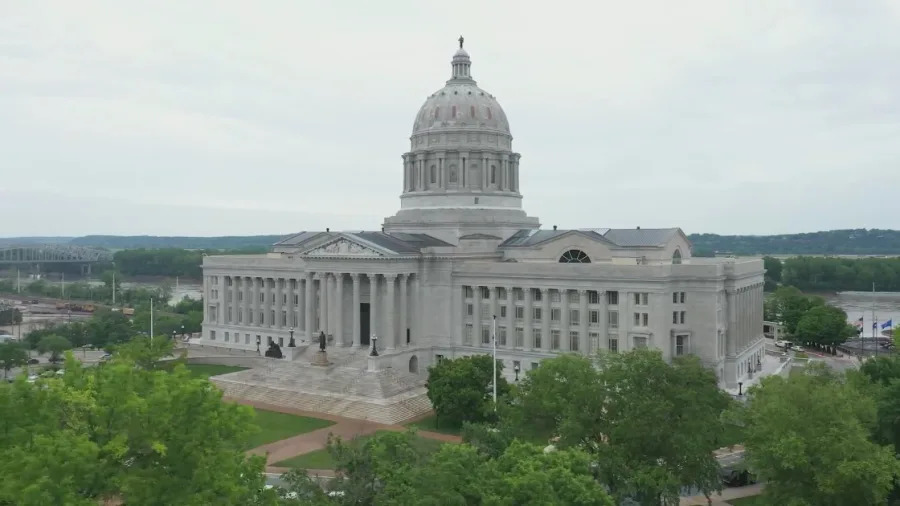
JEFFERSON CITY, Mo. – Redistricting, the process of drawing the borders of districts for which a state’s elected officials are elected, is required every decade in Missouri. The state finalized its latest congressional redistricting map in 2022, following the release of 2020 U.S. Census data.
Now, just three years later, it appears there’s growing momentum behind the possibility that Missouri could redraw its map again, well ahead of the typical 10-year cycle.
Earlier this week, political news media outlet Punchbowl News reported that President Donald Trump’s political team is pressuring Missouri Republicans to redraw the state’s congressional map. The report cited remarks from U.S. Rep. Bob Onder (R-3rd District) in support of redistricting maps.
Another Missouri Congressman, U.S. Rep. Eric Burlison (R-7th District) later told St. Louis Public Radio that he had also heard of Trump’s interest in redistricting Missouri.
And on Friday, the Missouri Freedom Caucus issued a statement urging Gov. Mike Kehoe to call a special session with the intent to redraw Missouri’s Congressional map in a way that is consistent with Trump’s recommendations.
FOX 2 has reached out to Gov. Kehoe’s office multiple times for comment to clarify reports of a push for redistricting in Missouri, but our requests for comment have not been returned as of this story’s publication.
According to All About Redistricting, a database organized by the Loyola Law School, Missouri has approved just one redistricted congressional map per decades for the past three decennial Census cycles (10 years).
In the previous two cycles, 2000 and 2010, the districts went unchanged after the initially-required redistricting plan was approved.
That could change for this decade.

While federal laws require redistricting once every 10 years, they do not explicitly prohibit mid-decade redistricting. Texas, for instance, is very much considering a mid-decade redraw to reflect shifting demographic trends.
According to the Associated Press report Saturday, “there is no national impediment to a state trying to redraw districts in the middle of the decade” or even to do it for political reasons, “such as increasing representation by the party in power.” The key requirement, however, is that districts must maintain as close to equal populations as possible when redrawn.
That leaves power up to the states, and in Missouri, redistricting is the responsibility of the Missouri legislature, which must adhere to constitutional guidelines.
According to the III Section 10 of the Missouri Constitution, “The last decennial census of the United States shall be used in apportioning representatives and determining the population of senatorial and representative districts. Such districts may be altered from time to time as public convenience may require.”
The language does not explicitly rule out mid-decade redistricting changes, though suggests such changes could be rare in Missouri, possibly opening the door to legal or political challenges.
If redistricting moves forward, attention will likely focus on Missouri’s 5th Congressional District, a seat held by Democrat Emanuel Cleaver that represents the heart of the Kansas City region. It’s one of only two congressional districts seats in Missouri currently occupied by a Democrat.
According to multiple outlets, including Punchbowl News, St. Louis Public Radio and the Missouri Independent, Trump’s reported interest in redistricting could be partly aimed at making Cleaver’s seat more competitive for Republicans to challenge.
Cleaver slammed that idea in an interview with St. Louis Public Radio, calling it “very dangerous” and “national nastiness as a way of establishing a one-party rule in our country.”
The state’s other Democratic-held district, the 1st District held by Wesley Bell and primarily representing the City of St. Louis, is protected under the federal Voting Rights Act. That protection generally restricts change that would dilute the political influence of minority voters, this making it harder to alter the district with significant legal changes.
With that considered, if Missouri were to adopt a new map aligned with Trump’s ongoing push, it could shift the balance of the delegation from 6 Republicans, 2 Democrats to a 7-1 Republican majority.
So what happened during the last redistricting cycle for Missouri?
The map approved in 2022 (for the 2020 decennial Census cycle) initially drew some criticism for reinforcing Republican control.
The state’s 2nd District extended further west, reducing its overlap with urban St. Louis area and arguably making it more favorable for the GOP.
The state’s 3rd District expanded westward, splitting the city of Columbia (Missouri’s 4th largest) between districts and connecting parts of central Missouri to St. Louis suburbs.
The state’s 5th District became more concentrated around the immediate Kansas Curt metropolitan area.
The state’s 1st District was adjusted to include more parts of St. Louis County.
So what happens next?
How a new redistricting effort might unfold, or whether it will happen at all, remains uncertain. The push has not yet received formal backing from most legislative leaders and the governor.
But if recent reports prove true, Missouri could be among a number of U.S. states that attempt mid-cycle congressional redistricting, a move that could reshape its political landscape well before the next decennial Census cycle in 2030.
Copyright 2025 Nexstar Media, Inc. All rights reserved. This material may not be published, broadcast, rewritten, or redistributed.
For the latest news, weather, sports, and streaming video, head to FOX 2.

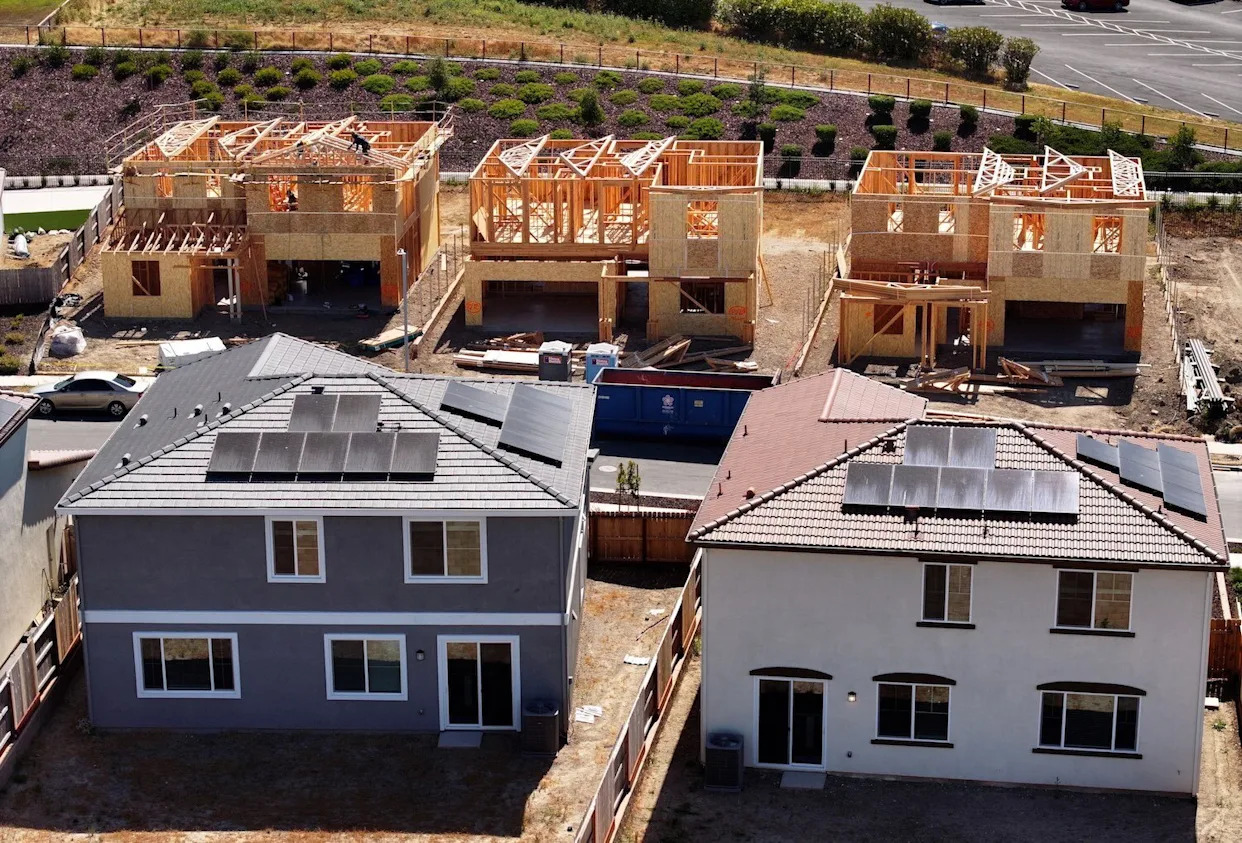
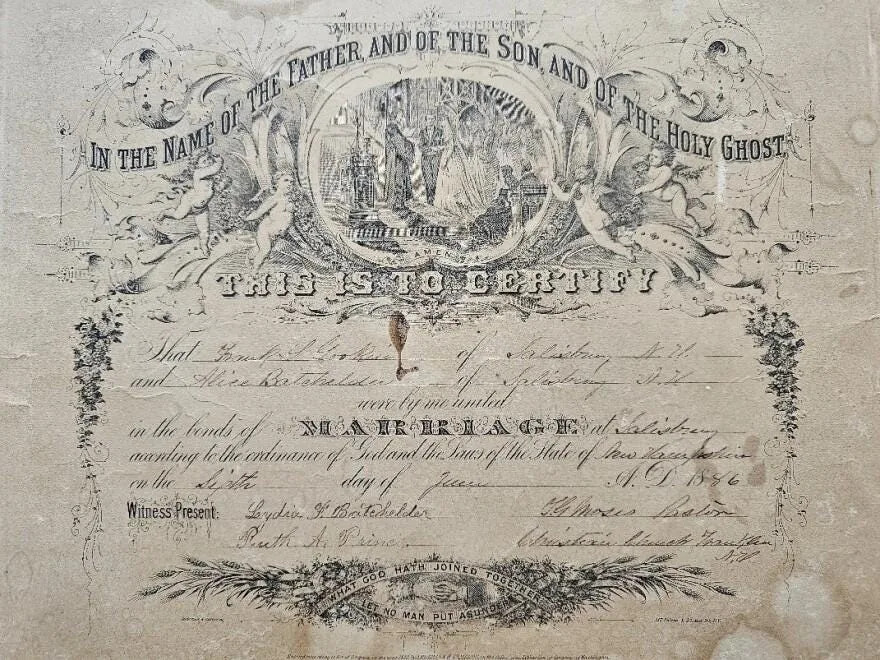
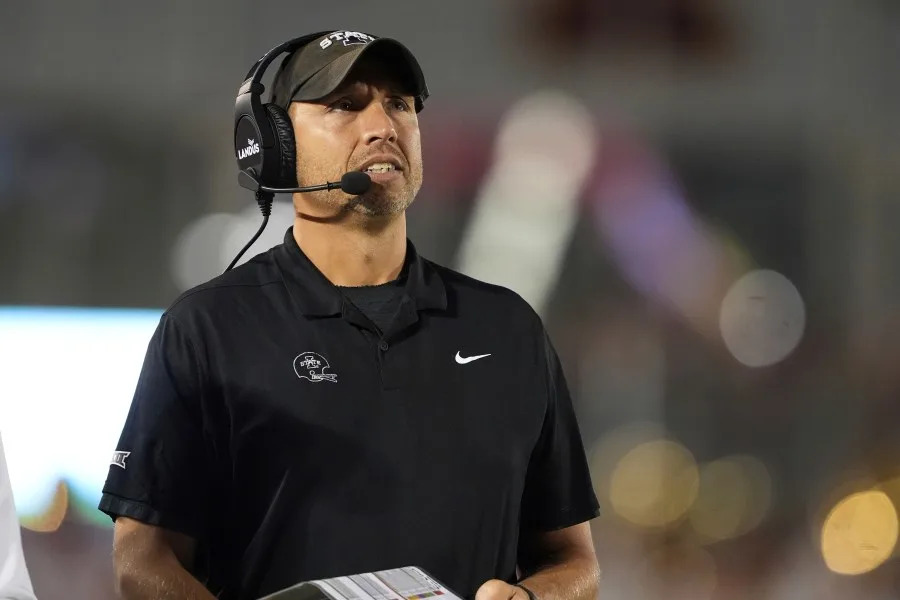
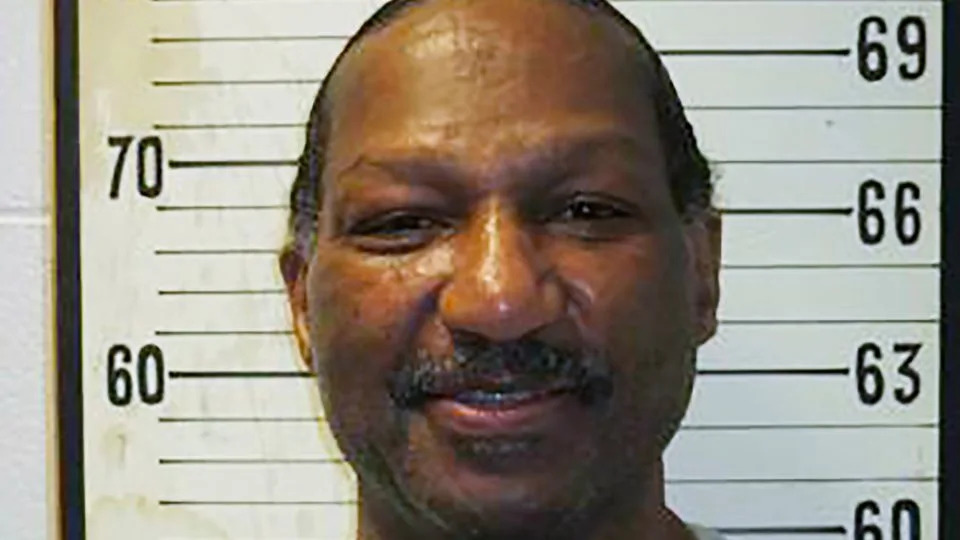


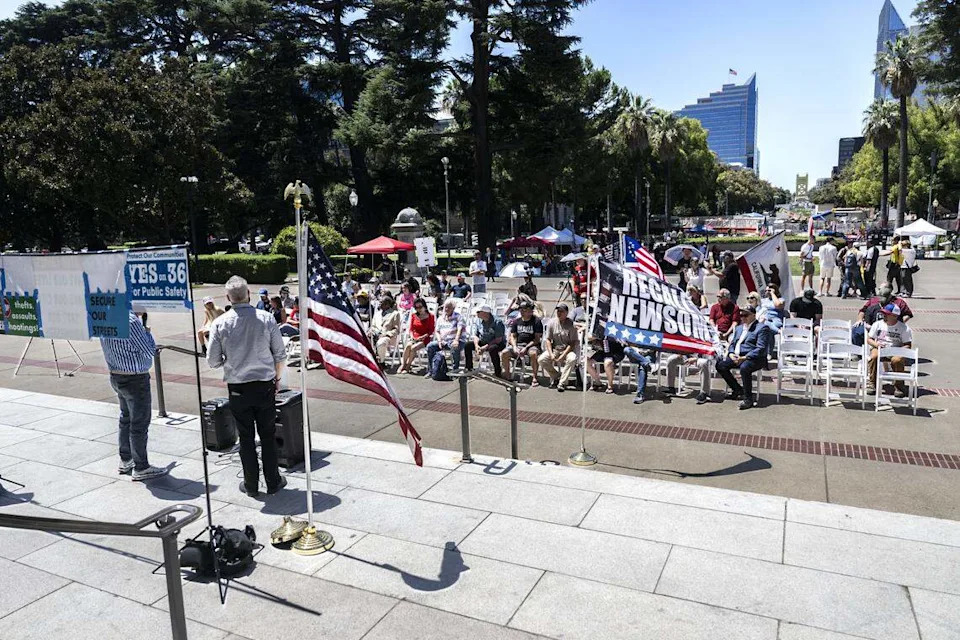
Comments